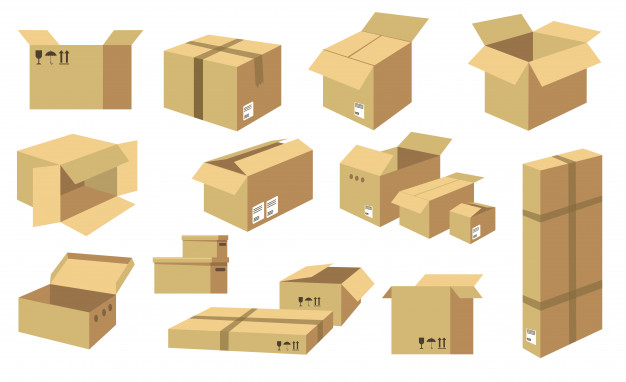Biodegradable vs. Compostable Packaging: Why Consumers Need to Know the Difference
The packaging of products is a vital component of a business’s success. Consumers are attracted to aesthetically pleasing product packages and those that offer a lot of information about its contents. Today, consumers are beginning to look for sustainable product packaging, such as Hero Packaging, to help solve the world’s plastic pollution problem.
Biodegradable and compostable are two terms that consumers will often encounter when they look at sustainable packaging. Although both words are related to sustainability, these two are different.
Biodegradable
Companies have begun labelling their product packaging as biodegradable to attract consumers that want to solve the pollution problem. The term biodegradable refers to products that will break down into simpler compounds. Biodegradable products can be made from plant-based, animal-based, or mineral-based materials that break down at different rates.
Simply put, biodegradable packaging materials degrade naturally with the help of biological components, such as microorganisms, fungi, and algae. Biodegradable packing breaks down significantly faster than single-use plastic containers, which can take up to 1000 years to degrade.
Compostable
On the other hand, compostable packaging materials are capable of decomposing into their natural elements provided specific conditions for composting are met. Usually, compostable packaging materials completely breakdown at an average of 90 days or less. As such, these materials break down into the water, carbon dioxide, inorganic compounds, and biomass without producing toxic materials.
To sum up the difference between both terms, all compostable packaging is biodegradable, however not all biodegradable packaging is compostable. Compostable packaging is, therefore, a subset of biodegradable packaging. While both words refer to the complete breakdown of packaging material into simpler components, biodegradable packaging may leave behind traces of toxic metal compounds added to the packaging material to speed up its decomposition. In contrast, compostable materials do not leave any toxic residue. On the contrary, compostable packaging even releases added nutrients to the soil, which can aid the growth of plants and trees.
Why is it Important to Educate Consumers on the Difference
There is a need to educate the consumers on the difference between biodegradable and compostable for proper disposal. Biodegradable and compostable packaging that ends up in landfills may not properly decompose since landfills do not have the necessary conditions, such as moisture and the presence of microorganisms, for these materials to break down.
Both types of materials need microorganisms to break them down. Landfills are tightly packed with waste that oxygen cannot penetrate the layers and layers of waste. Without oxygen, biodegradable and compostable packaging can only disintegrate through anaerobic decomposition. So, disposing of these products into landfills will become counterproductive.
Proper Disposal
Compostable packaging such as those from Hero Packaging can be properly disposed of through composting. Although biodegradable products that get mixed in the composting bin can still decompose completely, some of the inorganic compounds used in biodegradable products may be harmful to plants. Furthermore, compostable packaging breaks down significantly faster than biodegradable ones. Composting facilities may reject waste products that are labelled as biodegradable since they take a very long time to decompose. It is, therefore, important to properly segregate biodegradable packaging from compostable packaging.
Compostable packaging is fully degraded into organic matter in industrial composting facilities within the city. Consumers can also help in the proper disposal of compostable packaging by creating their composting pits at home.


